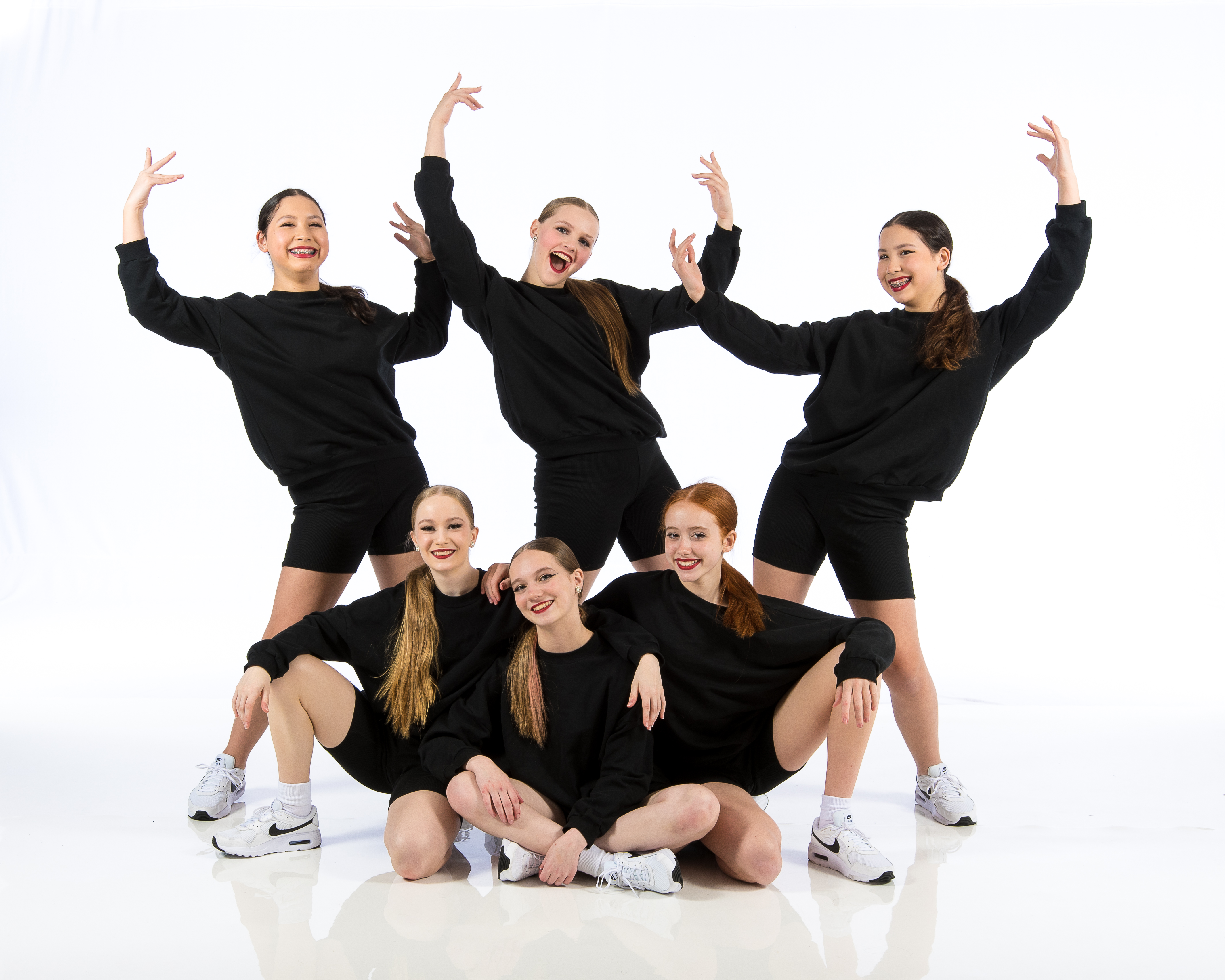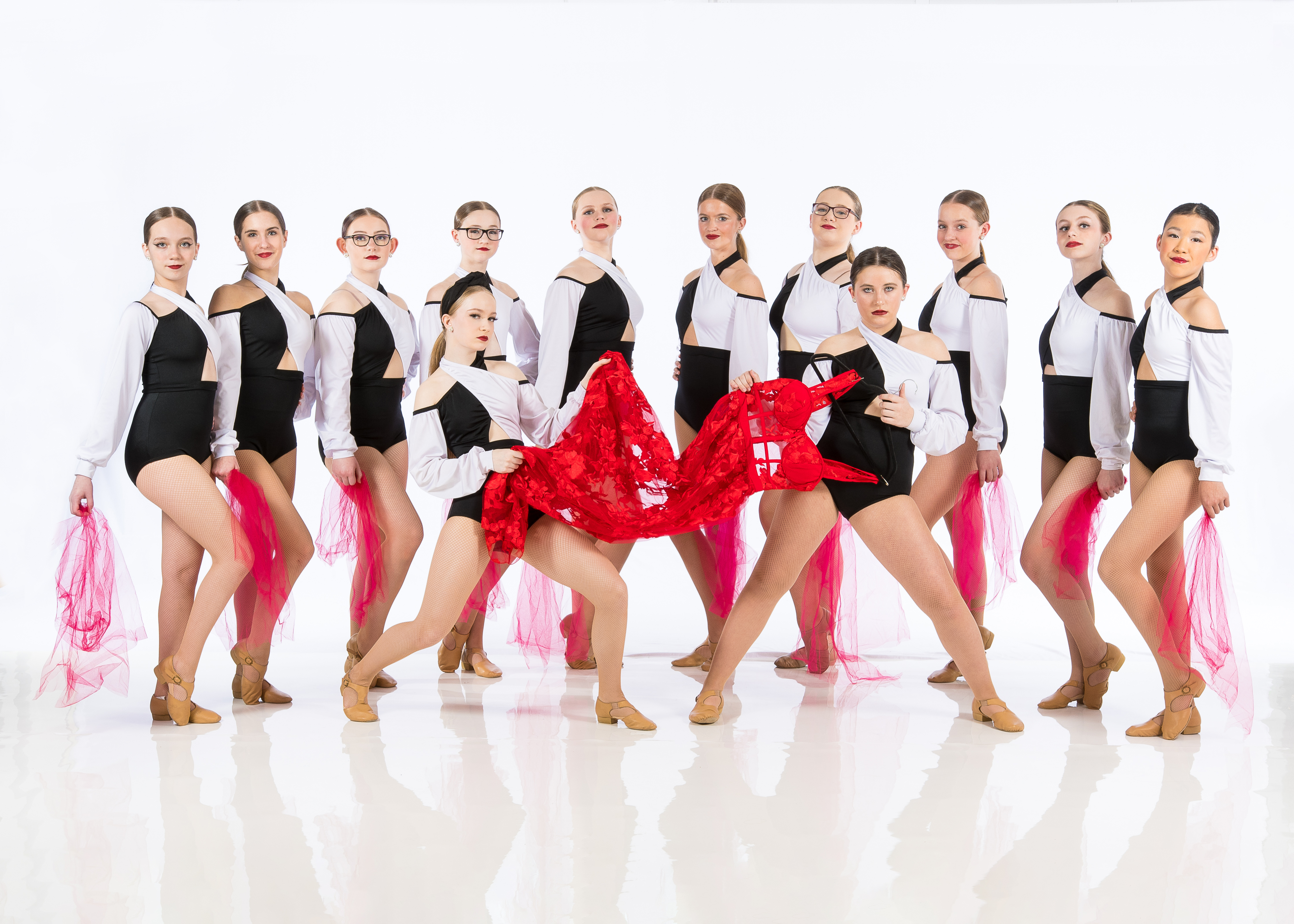Introduction
Dance is more than just a form of expression; it's a journey that can transform your life. Whether you’ve got two left feet or you're already busting moves on the dance floor, every dancer starts somewhere. The key is to embrace the process, learn from experienced instructors, and enjoy every moment spent in a dance studio.
In this comprehensive guide, we’ll take you through the entire dance journey—from beginner steps to professional strides. You’ll discover various styles, tips for finding the right dance studio, and strategies for progressing your skills. So, are you ready to lace up your dancing shoes? Let’s get started!
The Dance Journey: What Does It Entail?
Understanding the Dance Journey
Every dancer's path is unique. Some may start young in their local dance studios while others might discover their passion later in life. Regardless of when you start dancing, understanding the components of this journey will help you navigate it more effectively.
Setting Your Goals
What do you want to achieve through dance? Is it fitness, fun, or perhaps a career in performing arts? Setting clear goals will keep you motivated and focused as you embark on your dance journey.
Short-term vs Long-term Goals
- Short-term Goals: These may include mastering basic steps or attending weekly classes. Long-term Goals: This could involve auditioning for a dance company or showcasing at an event.
Finding the Right Dance Studio
Why Choosing the Right Dance Studio Matters
Selecting a dance studio can be overwhelming with so many options available. The right environment fosters creativity and helps you grow as a dancer.
Key Factors to Consider When Choosing a Dance Studio
Location: Choose a studio close to home or work for convenience. Instructor Qualifications: Research instructors' backgrounds and their teaching styles. Class Sizes: Smaller classes often provide more personalized attention. Styles Offered: Ensure the studio offers classes in styles that interest you. Community Atmosphere: A supportive community can enhance your experience.From Beginner to Pro: Your Dance Journey Starts Here
Every dancer begins as a beginner; it's part of the beautiful cycle of growth in this art form. Embrace this stage wholeheartedly! In fact, many dancers find that it’s during these early stages that they develop their love for movement and rhythm.
What Can Beginners Expect?
Beginners can expect to learn foundational techniques that serve as building blocks for more advanced skills down the line:
- Basic footwork Body alignment Rhythm awareness
Common Challenges for Beginners
It's natural to face challenges as a beginner dancer:
- Fear of making mistakes Difficulty with coordination Lack of confidence
Overcoming these obstacles requires patience and practice—don’t be hard on yourself!
Essential Dance Styles for Beginners
Exploring Different Dance Genres
Understanding various dance genres will enrich your experience and help you find what resonates with you:
Ballet- Focuses on technique and posture. Excellent for building strength and flexibility.
- Energetic and expressive. Often involves improvisation.
- Combines elements of ballet with modern rhythms. Great for those who enjoy upbeat music.
- Explores fluidity and storytelling through movement. Encourages personal expression.
Building Basic Techniques in Dance
Core Techniques Every Dancer Should Master
Every style has its foundational techniques; here are some core ones applicable across genres:
1. Body Isolation
Understanding how to move different body parts independently is crucial in styles like hip-hop and jazz.
2. Balance
Learning how to maintain balance improves performance quality across Dance Studio all styles.
3. Coordination
This skill enhances your ability to move smoothly from one step to another without losing rhythm or flow.
The Role of Practice in Your Dance Journey
Why Consistent Practice is Key
Just like any other skill, consistent practice is vital in mastering dance techniques:

- Builds muscle memory Enhances confidence Improves overall performance
Creating an Effective Practice Routine
Set aside specific days and times each week dedicated solely to practice. Focus on different areas such as strength training, flexibility exercises, or learning choreography.Seeking Feedback: The Importance of Constructive Criticism
How Feedback Accelerates Growth
Feedback from instructors or fellow dancers can provide valuable insights into areas where improvement is needed:
- Identifying strengths Highlighting weaknesses Offering new perspectives
Encourage open communication with peers—this fosters growth!
Joining Classes Beyond Your Comfort Zone
Why Expand Your Horizons?
Stepping out of your comfort zone allows you to explore new styles and techniques:
Breaks monotony Encourages adaptability Develops versatilityDon’t hesitate to try something new; it might just ignite a passion within!
Performance Opportunities: Showcasing Your Skills
Participating in Recitals and Competitions
Once you've gained some confidence in your skills, look for opportunities to perform:
In-studio recitals Local competitions Community eventsEach opportunity serves as practice under pressure—a vital aspect of becoming a pro!
FAQs About Starting Your Dance Journey
Q1: How often should I take classes as a beginner?
A1: Ideally, beginners should aim for at least one class per week while supplementing with practice at home.
Q2: What should I wear for my first class?
A2: Comfortable clothing that allows freedom of movement is recommended—think leggings or sweatpants paired with fitted tops.
Q3: Can adults learn how to dance?
A3: Absolutely! Many adults begin dancing later in life—it's never too late!

Q4: How do I overcome stage fright before performances?
A4: Practice deep breathing techniques and visualization methods; they can significantly ease anxiety before stepping onto the stage.
Q5: Are private lessons better than group classes?
A5: It depends on personal preference! Private lessons offer tailored attention while group classes provide social interaction.
Q6: What if I don't have rhythm? Can I still learn how to dance?
A6: Yes! While some people naturally possess rhythm, it’s a skill that can be developed over time through practice.
Conclusion
Your journey from beginner to pro doesn’t happen overnight—it takes dedication, perseverance, and passion! By choosing the right dance studio, setting achievable goals, exploring various styles, practicing consistently, seeking feedback, expanding your horizons beyond comfort zones, participating in performances—all while enjoying the process—you'll find yourself evolving into an accomplished dancer over time.
Remember—the joy lies not just in reaching professional status but also enjoying each step along the way! So go ahead—step into that dance studio with enthusiasm because your dance journey starts here!
With this guide by your side, you're now equipped with everything needed to embark on this incredible adventure! Happy dancing!